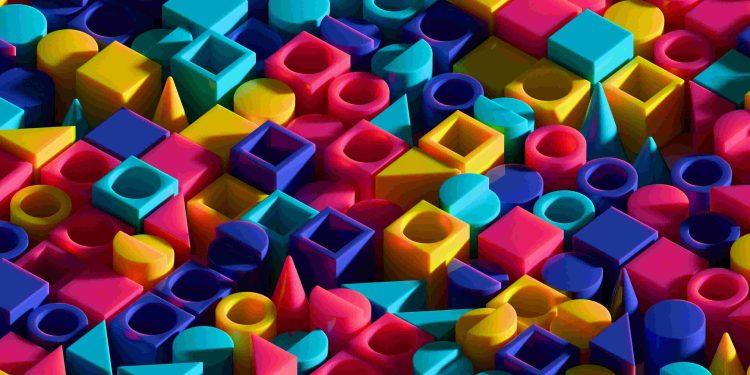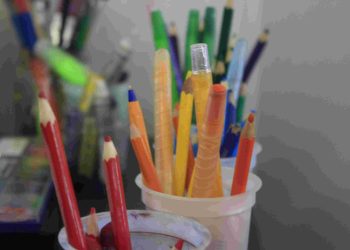Advanced Creative Score Optimization Techniques

In a world obsessed with numbers, data, and algorithms, creativity often feels like the outlier—the unpredictable element in an otherwise hyper-structured equation. Yet, the truth is, creativity can be measured, optimized, and harnessed when approached with intention and strategy. Here’s a bold claim to begin with: the most successful brands, creators, and innovators have mastered not just the generation of creativity but the continuous refinement of it. They don’t leave it to chance; they make it a process.
Years ago, I faced a creative dilemma while working on a campaign that relied heavily on delivering instant emotional resonance. What I thought was my best idea—a concept rooted in bold visual storytelling—fell flat in testing. Despite my artistic instincts screaming otherwise, the numbers were clear. This wasn’t just a rejection of my personal effort; it questioned core concepts I had relied on as a creative professional. In that humbling moment, I learned a powerful lesson: creativity, no matter how liberating, needs a feedback loop.
The Fallacy of the “Eureka Moment”
We romanticize the idea of genius breakthroughs—a bolt of lightning that strikes from nowhere. But science tells us a different story. In his book
Range
, David Epstein argues that creative problem-solving thrives when individuals deliberately cross-pollinate ideas from different fields. It’s not about sudden inspiration but about long-term, diverse exploration.
Consider how architectural design has benefited from biological structures or how artificial intelligence borrows its frameworks from neural pathways in the human brain. Creativity thrives when ideas are given the space to collide and evolve. This insight pushed me to embrace a multi-disciplinary approach to problem-solving, combining fields like behavioral psychology, emerging technologies, and even philosophy into my creative workflow.
Why Traditional Metrics of Success Fall Short
Click-through rates (CTR), impressions, and ROI are essential for evaluating outcomes, but they can’t represent the entire narrative of creative success. These metrics are reactive—they measure the what but fail to explore the how or why behind a concept’s success or failure.
Instead, start analyzing creative scores with an eye for
engagement depth
. What conversations did your content spark? Did it challenge a narrative, strengthen a community, or offer something emotionally resonant? For instance, a small-budget ad campaign from a local brand might create more loyalty and long-term advocacy than a multimillion-dollar commercial if it taps into a deeper cultural or psychological vein.
Tech-Driven Tools for Evaluating Creative Potential
Technology plays an instrumental role in creative optimization. Advanced analytics platforms like Google’s
ThinkWithGoogle
or Adobe’s Creative Cloud Insights blend creativity with actionable data. But how do we use these tools beyond surface-level tracking?
A strategy I often recommend is “reverse engineering” success stories. Let’s say a campaign performed exceptionally well within its demographic. What specific cultural elements did it harness? Did it rely on humor, nostalgia, or futurism? By breaking down these components in granular terms, you begin to identify repeatable, scalable strategies.
Lessons from Cognitive Psychology
Daniel Kahneman, Nobel laureate and author of
Thinking, Fast and Slow
, teaches us about the dual systems of thought: System 1 (fast, emotional) and System 2 (slow, deliberate). Great creative work simultaneously engages both systems, evoking an instant emotional response while offering depth for further reflection.
For instance, brands like Apple and Nike consistently deliver ads that feel universally understood (System 1) but also reward repeated viewings with layers of thought-provoking storytelling (System 2). To design such work, ask yourself: Does this idea make an immediate, visceral impression? However, don’t stop there—explore how it sustains engagement over time.
Practical Strategies for Creative Mastery
-
Prototype Continuously:
Treat every idea as a draft. Create smaller, testable versions of your work to collect real-world feedback without the high stakes of a full-blown launch. -
Seek Diversity:
Build teams with interdisciplinary backgrounds. A data analyst and an anthropologist will approach the same problem with completely different (and invaluable) perspectives. -
Embrace Feedback Loops:
Use both qualitative and quantitative data to shape ongoing projects. -
Plan for Iteration:
Set aside budget and time not just for execution but for revisiting and refining concepts post-launch. -
Stay Curious:
Read, watch, and explore beyond your domain. Your next groundbreaking idea might be hiding in a completely unrelated field.
The Future of Creative Optimization
As artificial intelligence continues to evolve, our relationship with creativity will inevitably change. AI tools can already generate headlines, captions, and even visual content tailored to specific demographics. Yet, the human touch—the ability to synthesize emotion, intuition, and culture—remains irreplaceable.
Looking forward, I foresee a more integrated partnership between humans and machines, where AI handles repetitive or data-heavy tasks while creators focus on crafting the stories that resonate on a deeply human level. This shift will require a new skill set: the ability to collaborate with technology without losing authenticity.
In closing, remember that creativity is a muscle. It isn’t something you’re born with or without; it’s something you build, test, and refine over time. By approaching creative optimization with rigor, openness, and a willingness to question traditional norms, you can consistently deliver work that not only stands out but also stands the test of time.









